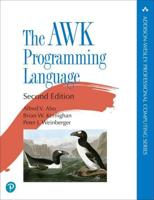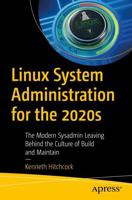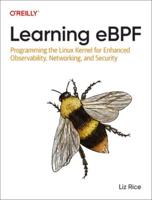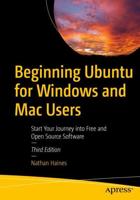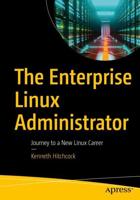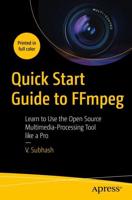Publisher's Synopsis
No matter how you approach it, Linux debugging will always be complex. The first part of this Short Cut examines some of these complexities as they relate to kernel debugging and present ideas and methods to improve your debugging skills, inside the kernel itself and then inside device drivers. You begin by learning to use Kernel GNU Debugger (KGDB) to probe the kernel. But because you cannot debug very early kernel startup code with KGDB, we also show you how to work with a hardware debug probe. For the examples in this section, we use a unit manufactured by Abatron called the BDI-2000. Hardware debug probes are often called JTAG probes, because they use a low-level communications method first employed for boundary scan testing of integrated circuits defined by the Joint Test Action Group (JTAG). In the second part of this Short Cut, we continue our coverage of GDB for debugging application code in user space. We extend our coverage of remote debugging and the tools and techniques used for this peculiar debugging environment. This Short Cut includes Chapters 14 and 15 from the book Embedded Linux Primer by Christopher Hallinan (0-13-167984-8). As such, it contains references to earlier and later chapters that are not included in this Short Cut. Apart from these references, the Short Cut is fully self-contained and is an excellent choice for embedded Linux developers interested in learning both kernel-level and application-level debugging techniques. Kernel Debugging Techniques 14.1 Challenges to Kernel Debugging 4 14.2 Using KGDB for Kernel Debugging 6 14.3 Debugging the Linux Kernel 14 14.4 Hardward-Assisted Debugging 53 14.5 When It Doesn't Boot 63 14.6 Chapter Summary 69 Debugging Embedded Linux Applications 15.1 Target Debugging 72 15.2 Remote (Cross) Debugging 73 15.3 Debugging with Shared Libraries 80 15.4 Debugging Multiple Tasks 87 15.5 Additional Remote Debug Options 97 15.6 Chapter Summary 99


